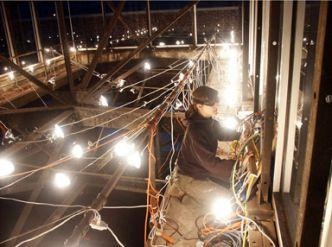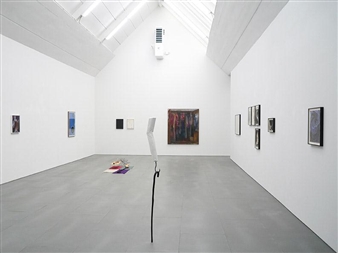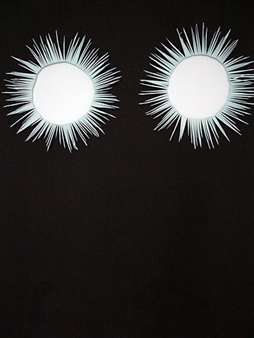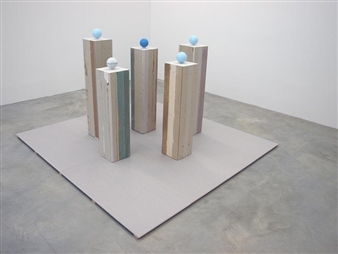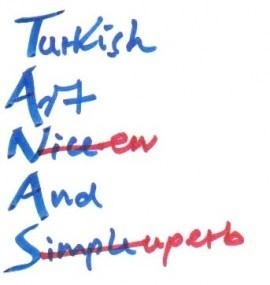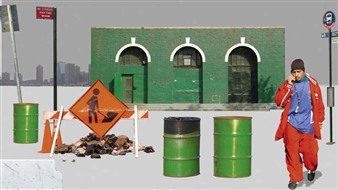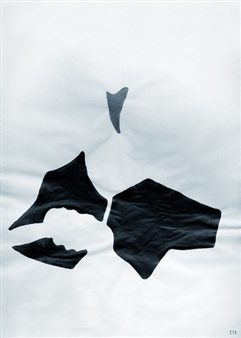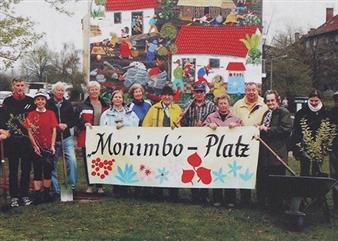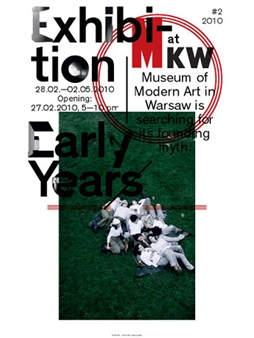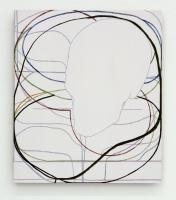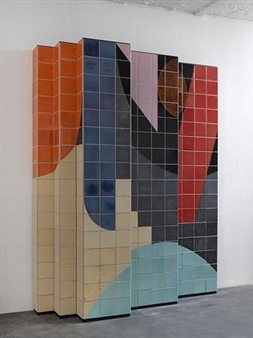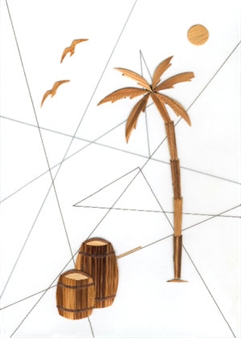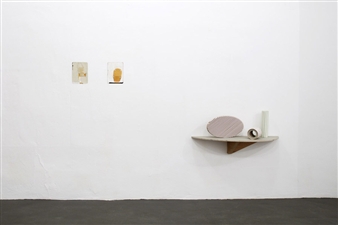Dejima. Concepts of In- and Exclusion
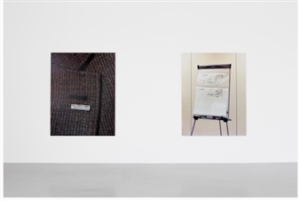
Bremen, Bremen, 05/20/2017 - 08/06/2017
Teerhof 21
Dejima – a small artificial island of approx. 9.000 sqm, built in the bay of Nagasaki 1634–1636 by local Japanese merchants. This island remained the only place of direct trade and exchange between Japan and Europe until 1853, for more than 200 years. Dejima was built to allow business relations in times of “sakoku”, the foreign relations policy of Japan, under which no Japanese could leave, nor could any foreigner enter the country on penalty of death or life imprisonment. After the primordial resided Portuguese traders left the island, it was used by the Dutch East India Company as a trading post from 1641.
In the context of the group exhibition at the GAK Gesellschaft für Aktuelle Kunst Dejima serves as an image for a situation of national, cultural and social in- and exclusion: The Western traders were isolated on the island, accepting these conditions because of economic interests, while Japan could retain its independence from colonial powers and yet still conduct trade. Although the strict isolation was repeatedly circumvented by both sides, with some cultural goods from Asia landing in the West and, likewise, books, medical instruments and information reaching Japan from Europe, Dejima stands for a situation in which no deeper encounters and no coexistence with equal rights could be achieved. The alien remained alien and mutual prejudices endured.
In an age positioned between the poles of cosmopolitan utopia and resurgent national ideologies, in which exclusion and isolation are increasingly becoming positive slogans among right-wing populist rhetorics, the international group exhibition at the GAK Gesellschaft für Aktuelle Kunst examines mechanisms of demarcation and marginalisation. Dejima. Concepts of In- and Exclusion combines films, installations, objects, photographs, performances, audio works, participative projects, paintings and paper works of a younger generation of artists that address the drawing of mental and territorial boundaries and advocate ways of social interaction, that are not dominated by fear of the foreign, but include understanding for each other and things that we may not (yet) know.
